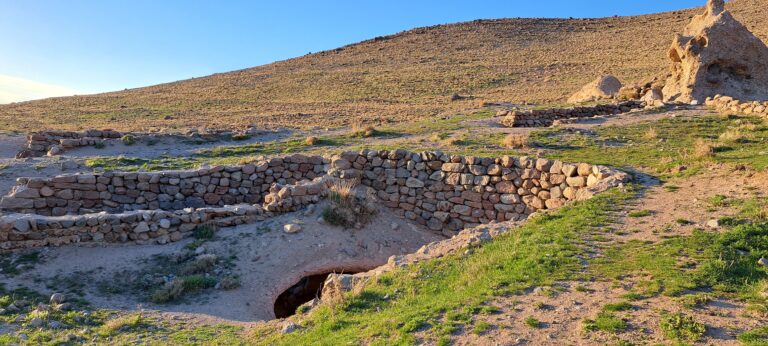The war called Chaldoran was a conflict between the Ottoman Empire and the Safavid Empire in 1514. The Ottomans, led by Sultan Selim I, had a large and well-equipped army with artillery and muskets. The Safavids, led by Shah Ismail I, had a smaller and less-armed army that relied on cavalry charges. The two armies met on the plain of Chaldoran in eastern Anatolia, where the Ottomans inflicted a crushing defeat on the Safavids. The Ottomans then captured and looted the Safavid capital of Tabriz, and annexed eastern Anatolia and northern Iraq from the Safavids.
The war was triggered by the religious and political rivalry between the Sunni Ottoman Empire and the Shia Safavid Empire. The Ottomans considered the Safavids as heretics and a threat to their authority over the Muslim world.
The Ottoman leader, Selim I, was an ambitious ruler who expanded his empire to the east and the south. He also reformed the Ottoman army and administration and promoted the use of gunpowder weapons and artillery.
The war had a lasting impact on the history and culture of the region. It established the border between Turkey and Iran, which remains largely unchanged to this day. It also influenced the development of the Kurdish identity and nationalism, as many Kurdish tribes switched their allegiance from the Safavids to the Ottomans.
In this video, we talked to a local man and visited this plain. Let’s listen and learn beyond the Persian language.
To see more about the Azerbaijan of Iran, please see these videos: the Grand Tabriz, Urmia (Orumia), Urmia lake, Kandowan, Hilevar, Kahnemoo, and Khoy.

